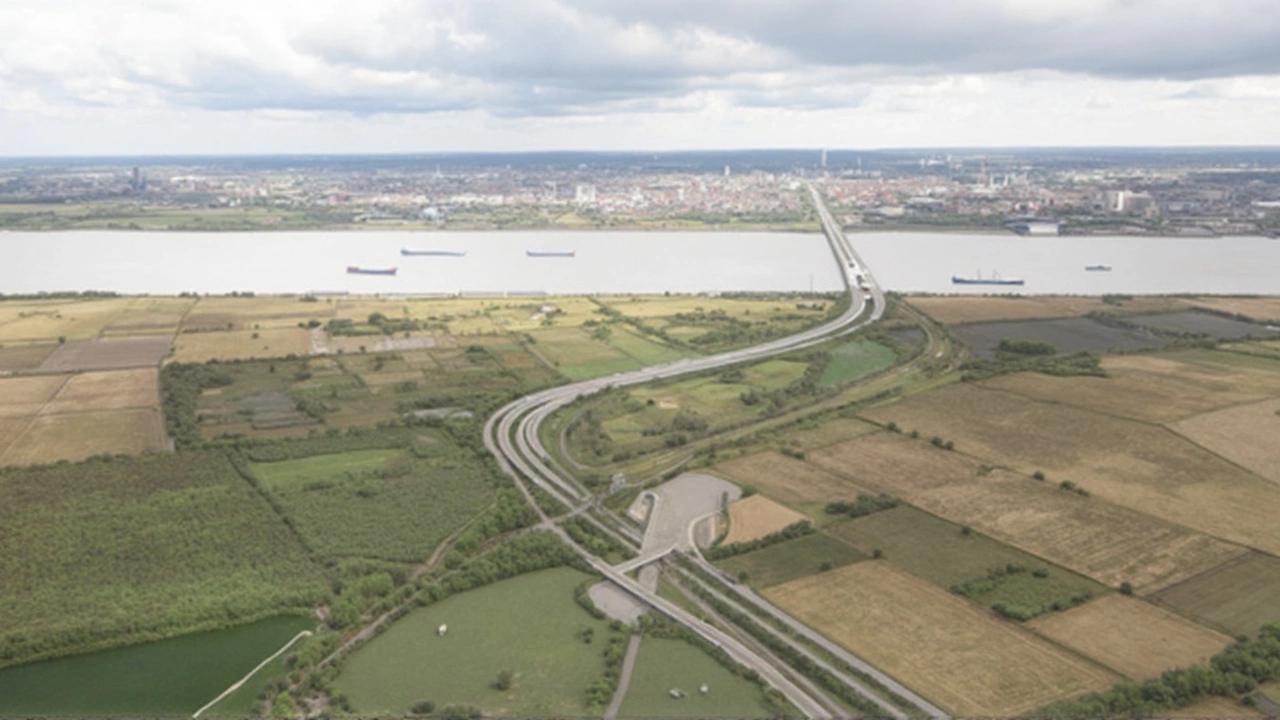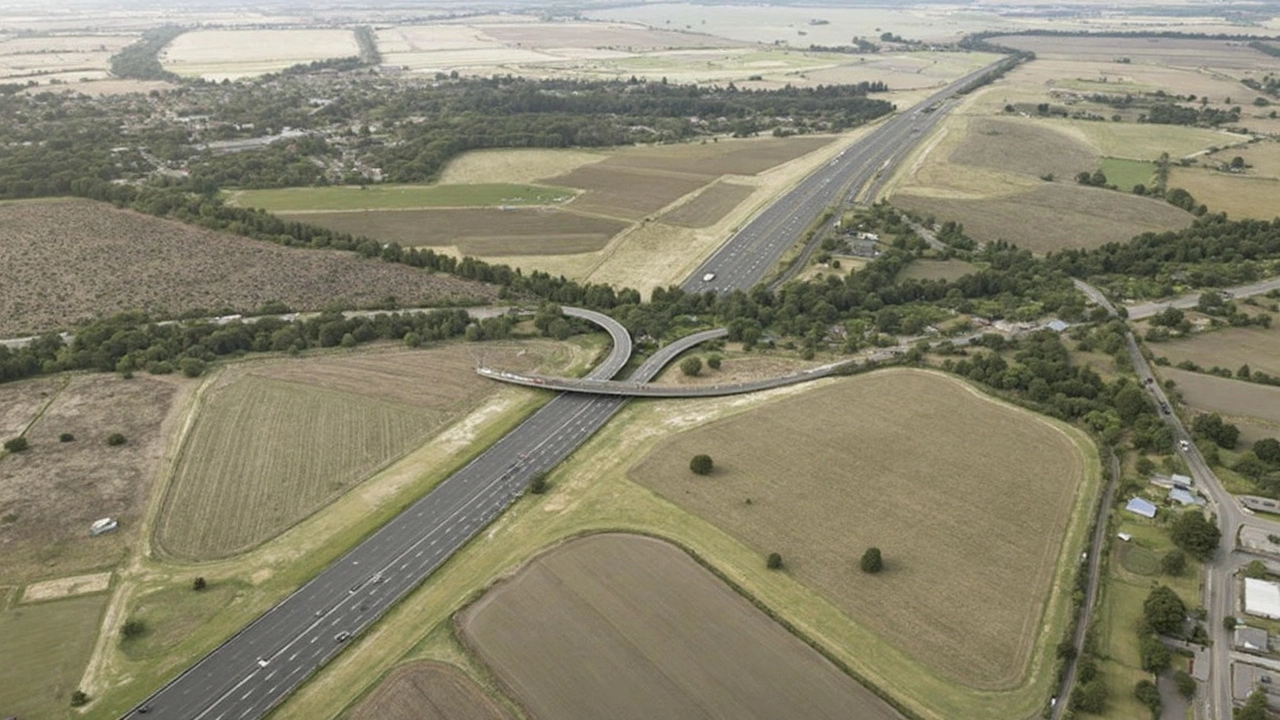The UK government has officially given the go-ahead for the ambitious Lower Thames Crossing, a significant development in the country's transport infrastructure. With an estimated cost of £9 billion, this project isn't just another road tunnel—it's set to be the longest in the nation, linking Kent to Essex across 14.5 miles. Aiming to reduce the notorious congestion at the Dartford Crossing, this new route will feature a 2.6-mile twin-bore tunnel under the River Thames, practically doubling road capacity in the region east of London.
This project, in the works since 2009, is finally taking a significant step forward. As of now, around £1.2 billion has already been allocated to the planning phase. With Transport Secretary Heidi Alexander's recent approval, the construction could kick off as soon as 2026. If everything stays on track, locals might be driving through this tunnel by the early 2030s.
Environmental Enhancements and Economic Prospects
National Highways has indicated plans to tap into private financing options while embracing low-carbon construction methods. They aim to reduce the project's carbon footprint by up to 70%, showcasing a commitment to more sustainable development practices. The tunnel will feature three lanes each way, and a whopping 80% of the route will either be buried or constructed on embankments to mitigate environmental impacts.
Proponents of the Lower Thames Crossing, including Labour MP Jim Dickson and David Wells from Logistics UK, are eager to see the project materialize, hoping it will alleviate traffic issues and spur economic growth. But not everyone is on board. Thurrock Council and the Thames Crossing Action Group have raised alarms about potential environmental damage and the risk of increased local traffic.
One of the highlights of the project is its commitment to green spaces. The proposal includes creating one million new trees, community woodlands, and public parks, offering six times more green space than road. There are also plans to enhance cycling and walking routes—a nod to those looking for more sustainable travel options.

Financial Adjustments and Long-Term Vision
The financial landscape of the project has seen its fair share of changes. Initial cost estimates ranged from £5.3 to £6.8 billion back in 2017 but have now increased to a range of £9.2 to £10.2 billion. Critics have been quick to draw comparisons with Norway's Laerdal tunnel, particularly regarding the hefty planning expenses.
Despite the opposition, the government remains firm, viewing this venture as a strategic move to unlock national growth and support essential trade routes. National Highways' executive director, Matt Palmer, stressed the importance of not just advancing net-zero construction practices but also creating job opportunities for local communities.
The Lower Thames Crossing represents more than a road tunnel. It's a strategic effort to boost regional and national infrastructure while carefully integrating environmental considerations and economic growth goals.
